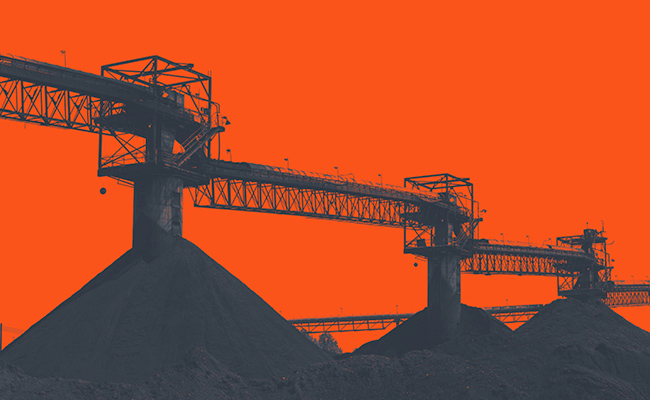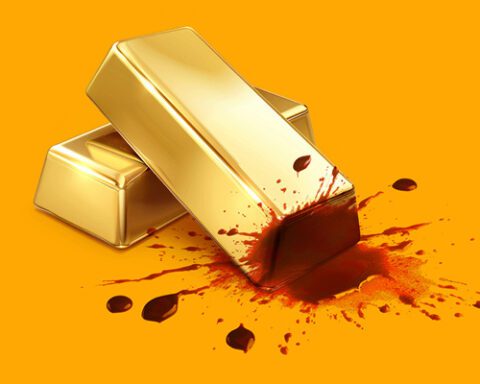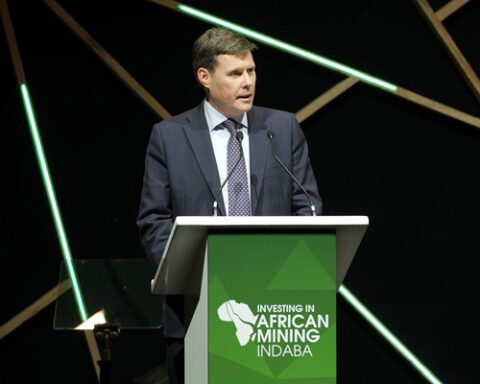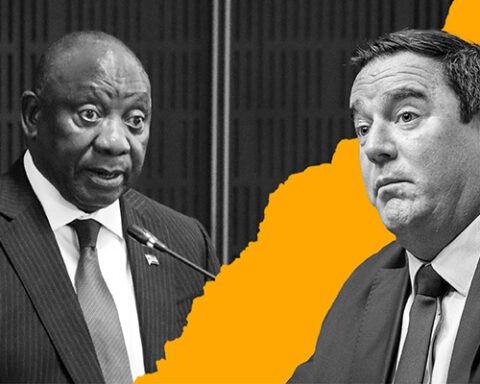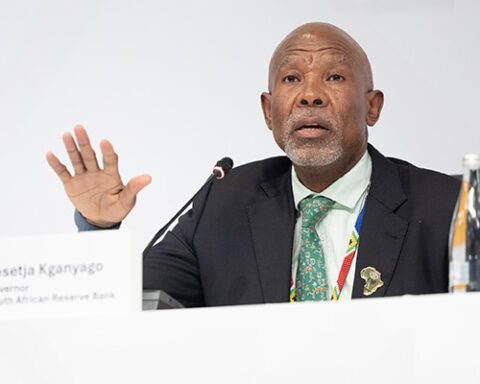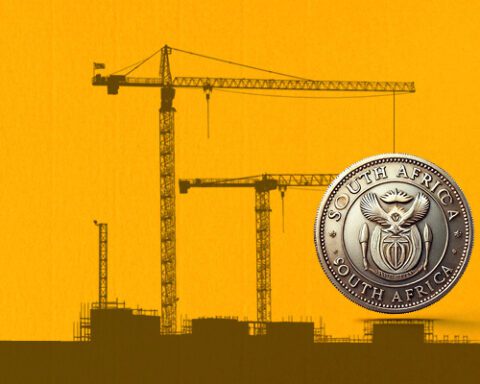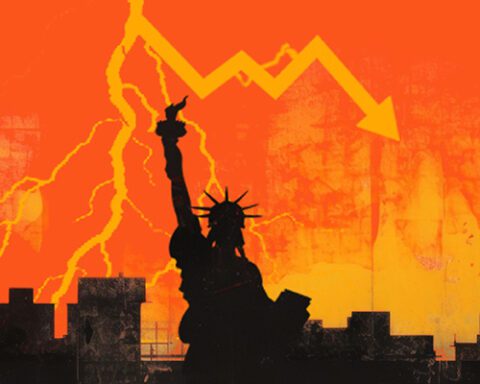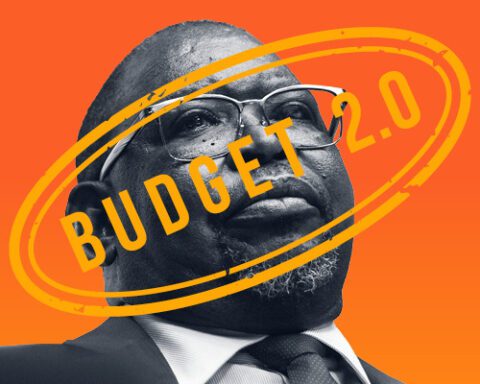US President Donald Trump loomed large over the Cape Town Mining Indaba, which ended this week, underlining two big global trends: geopolitical realignment and the shape-shifting commodity supercycle.
Or, to put it another way, there is a lot of knyping going on out there.
Commodity prices started uniformly rising in 2000 in response to the advent of the Chinese economic explosion and, with some notable exceptions, the “supercycle”, has more or less held up. But like many things that last for a long time, it’s hard not to wonder how long it can last.
For the mining fraternity, it’s been a time of strong margins and expanding operations. A good example, says Reuters analyst and commodities columnist Clyde Russell, is the volume of sea-borne iron ore, which was about 500Mt in the 1990s. That rose to 1.2-billion metric tons by 2010, and it may even come in at about 1.7-billion metric tons in 2024, despite ore prices declining substantially over the year.
The era of bulk commodities may be holding up in volume, if not in price. But a whole range of “secondary” minerals, like chrome and manganese and lithium, are now making their presence felt, mainly because of new industrial applications, he says.
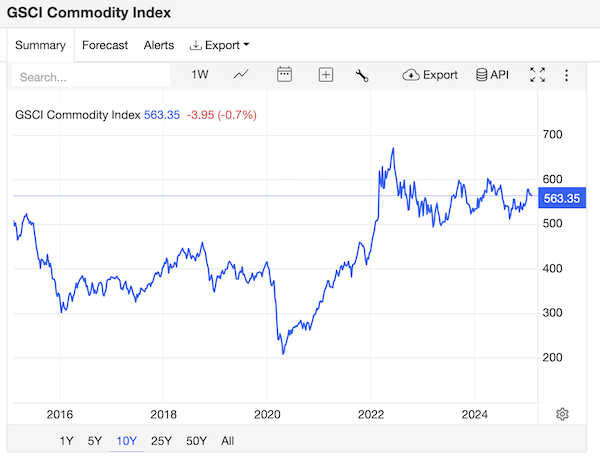
Minerals Council South Africa chief economist Hugo Pienaar agrees. “No-one’s complaining necessarily about commodity prices … but no-one’s ecstatic about them either,” he says.
“What I would say is, it’s not one cycle. There are cycles within this market. And you actually have to look at the specific commodity.”
The “sub-cycles” do affect their respective industries differently, Pienaar says. The platinum group metals sector, for example, is taking strain, even though prices were only marginally off this past year. The iron ore sector has seen a much larger decline in price, but margins are still very healthy.
And it’s important to note that though the “supercycle” was founded on the explosion of the Chinese economy, and Chinese economic growth is now at a lower rate, “you are starting to see other large emerging markets as they develop their economy”, he says. “And they are growing it quite fast, right? India for example, their demand is growing, Indonesia’s demand is growing. That creates something more for iron ore.” And, as it happens, the other metals that feed into the iron ore trade, like chrome, nickel and to a lesser extent, magnesium.
‘King coal is back’
The talk at the mining indaba about the supercycle has now transformed into a discussion about “core” minerals and “critical” minerals. Core minerals are minerals a country can’t do without, and critical minerals are minerals a country needs but can source from within its borders or elsewhere.
Mineral and petroleum resources minister Gwede Mantashe referred extensively to “critical minerals” in his keynote opening address, pointing out the trend to differ from country to country. In South Africa’s case, coal is a critical mineral because of its export value.
Mantashe told delegates South Africa’s view of critical minerals will not be determined by whether they are fossil fuels or “green minerals”, but by whether the mineral will best aid the sector and economy. “King coal is back,” he added.
The focus on critical and core minerals underscores that new focus on geopolitics and reflects the impact the Trump administration is having, with countries now assessing their mineral endowment – as South Africa has, by commissioning a study on the topic from state minerals research house Mintek.
One topic that was very undercurrent at the conference was M&A, which exploded during 2023 and 2024. The new mining environment, with new technologies required for new industries, has opened the way for mergers to boost production – or to take advantage of frothy investor appetite.
A particular focus is copper, which was the main underlying force behind Australian mining giant BHP’s bid for Anglo American in April last year. Though the bid was not consummated, its effects and possible ramifications were still being felt this year.
One was finalisation of diamond company De Beers’ crucial agreement with the Botswana government, which opened the way for De Beers to exit the Anglo group. But, doubtless, mining M&A is an ongoing story which will be on the agenda this year.
This coverage of the Mining Indaba was brought to you in association with Northam Platinum.
Sign up to Currency’s weekly newsletters to receive your own bulletin of weekday news and weekend treats. Register here.
